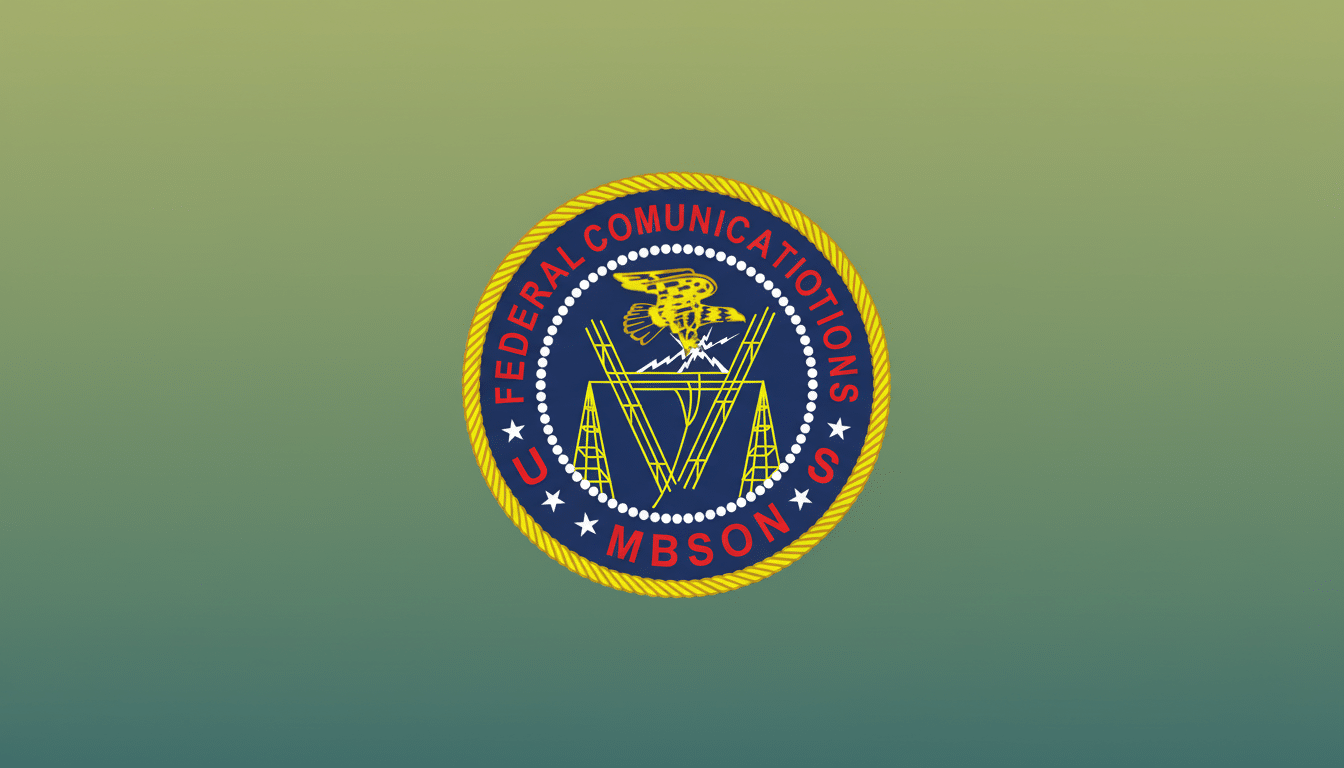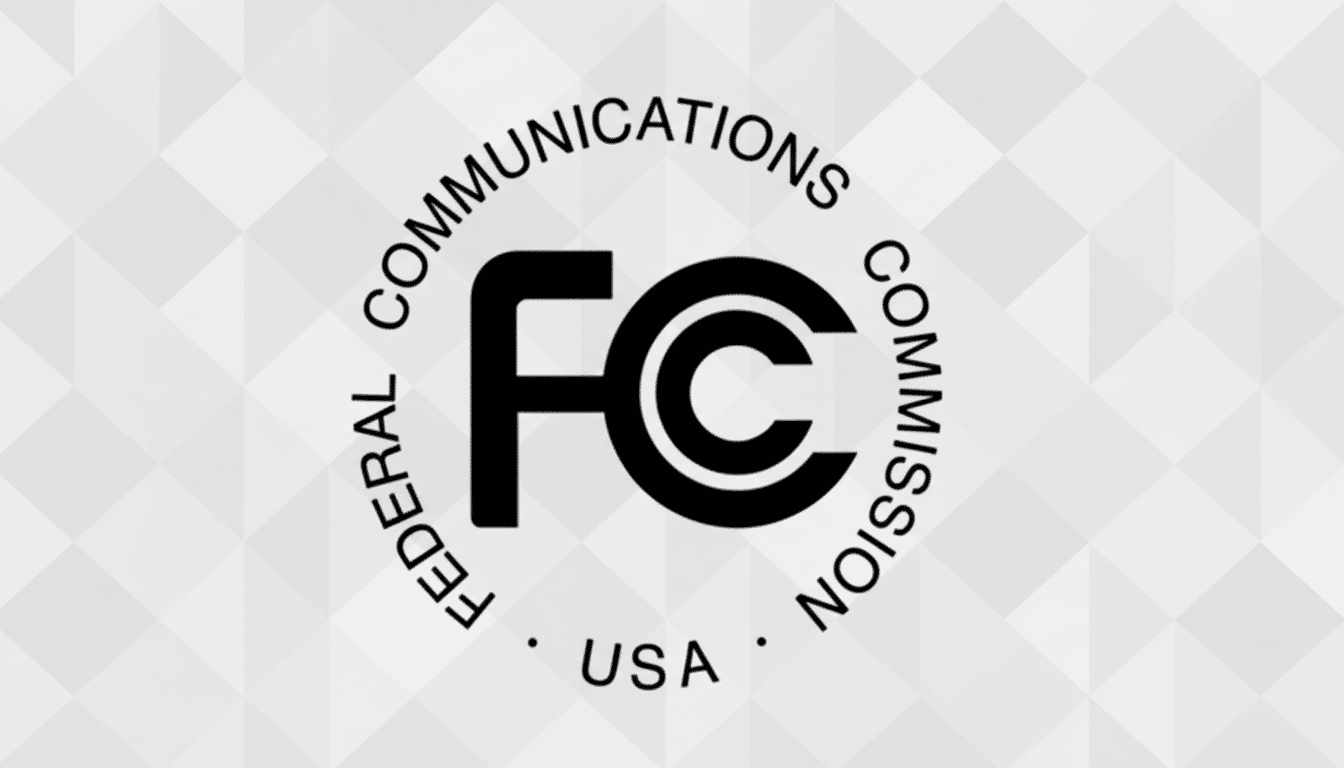The Federal Communications Commission is telegraphing a major rethink of how it approves satellites, with immense implications for SpaceX’s Starlink and a host of next‑generation constellations. The plan would shift licensing from custom, case‑by‑case reviews to a standardized process intended to keep up with a market in which applications have proliferated and the rate of launches has gotten faster.
Inside the FCC’s satellite licensing overhaul process
FCC leadership has suggested a default-approval process for routine requests, with shorter applications, defined timelines and greater flexibility for licensed operations. It is a response to a workload that has ballooned — FCC officials said filings related to satellites increased about threefold over the past 10 years — as costs for hardware and launches declined, leading to an expanding pool of operators.

The agency has already whittled back some requirements for earth stations, and set up a Space Bureau to focus expertise. On deck: standardizing review paths for frequent system designs and allowing denser use of upper microwave bands like Q/V, long coveted by operators as backhaul and capacity. The aim is to swap out custom-made adjudication and replace it with an assembly‑line model for interference that still enforces safety guardrails.
Winners in the constellation economy of satellite services
SpaceX is the most visible winner. The company has already put thousands of Starlink satellites into low Earth orbit and has obtained partial approval for 7,500 Gen2 satellites while seeking permission for tens of thousands more. Quicker FCC decisions would streamline capacity upgrades that support Starlink’s play for higher throughput, including gigabit‑class links in some cases.
Direct‑to‑cell service is another growth lane. SpaceX is testing satellite‑to‑phone connectivity with partners on the ground, and AST SpaceMobile has successfully demonstrated broadband connections from space to unmodified smartphones. Globalstar, which powers Apple’s emergency messaging, is growing off‑Earth network services. Amazon’s Project Kuiper, which is authorized for 3,236 satellites, has finished early orbital demonstrations and is scaling up manufacturing. A sped‑up FCC pipeline would give all of those players more predictability as to spectrum and deployment milestones.
The pushback on speed and satellite megaconstellations
But faster was not synonymous with uncontested. Astronomers say mega‑constellations contribute to skyglow and satellite streaks that disrupt imaging. The American Astronomical Society and DarkSky International have both called for stricter brightness standards and better data‑sharing to reduce impacts. The National Science Foundation has made a deal with operators on mitigation measures, such as using darker coatings and managing elevations, but says residual impacts persist.

Environmentalists have also raised concerns about efforts to authorize satellites without subjecting them to routine environmental reviews. NASA has warned that large constellations increase the likelihood of collisions and could complicate maneuvers to avoid debris for both crewed and robotic missions. The FCC has shifted to a five‑year deorbit requirement for most low‑Earth‑orbit satellites, a significant undercutting, but critics insist that debris modeling and reentry emissions research need to be fully factored in when licensing decisions are made.
Spectrum and safety constraints for faster satellite approvals
Spectrum physics places even those with a default‑to‑yes posture up against limits. Densification of the use of upper microwave bands requires stringent power‑flux and out‑of‑band emission controls in order to safeguard fixed services and radio astronomy. The FCC will likely pair speedier approvals with more rigid technical templates and coordination mandates to manage interference.
International rules still apply. U.S. licensees will have to coordinate through the International Telecommunication Union, and congested orbits will necessitate cross‑border agreements on spectrum sharing and conjunction avoidance. The Government Accountability Office has cautioned that demand for satellite authorizations exceeds agency staffing, and that performance metrics — and interagency roles with the Office of Space Commerce on space‑traffic coordination — should be sharpened.
What the FCC changes could mean for everyday consumers
Adopted, the new framework could truncate the runway for real‑world upgrades: denser constellations for rural broadband, more robust maritime and aviation connections, phone service that continues to function off‑grid with a lift from space. The Gen2 architecture of Starlink, phased deployment of Kuiper and upcoming direct‑to‑device networks all depend on licensing cadence as much as launch rate.
In the short run, bottlenecks will be manufacturing, ground‑station build‑outs and spectrum coordination — not just regulatory paperwork. But a more predictable and faster process from the FCC would reduce financing risk, further intensify competition with terrestrial ISPs and increase pressure on pricing and data caps. In the public interest, the road to more capacity and better coverage could become shorter — with the agency acting faster while also erecting guardrails that ensure everyone can still use the night sky, spectrum and orbits.

